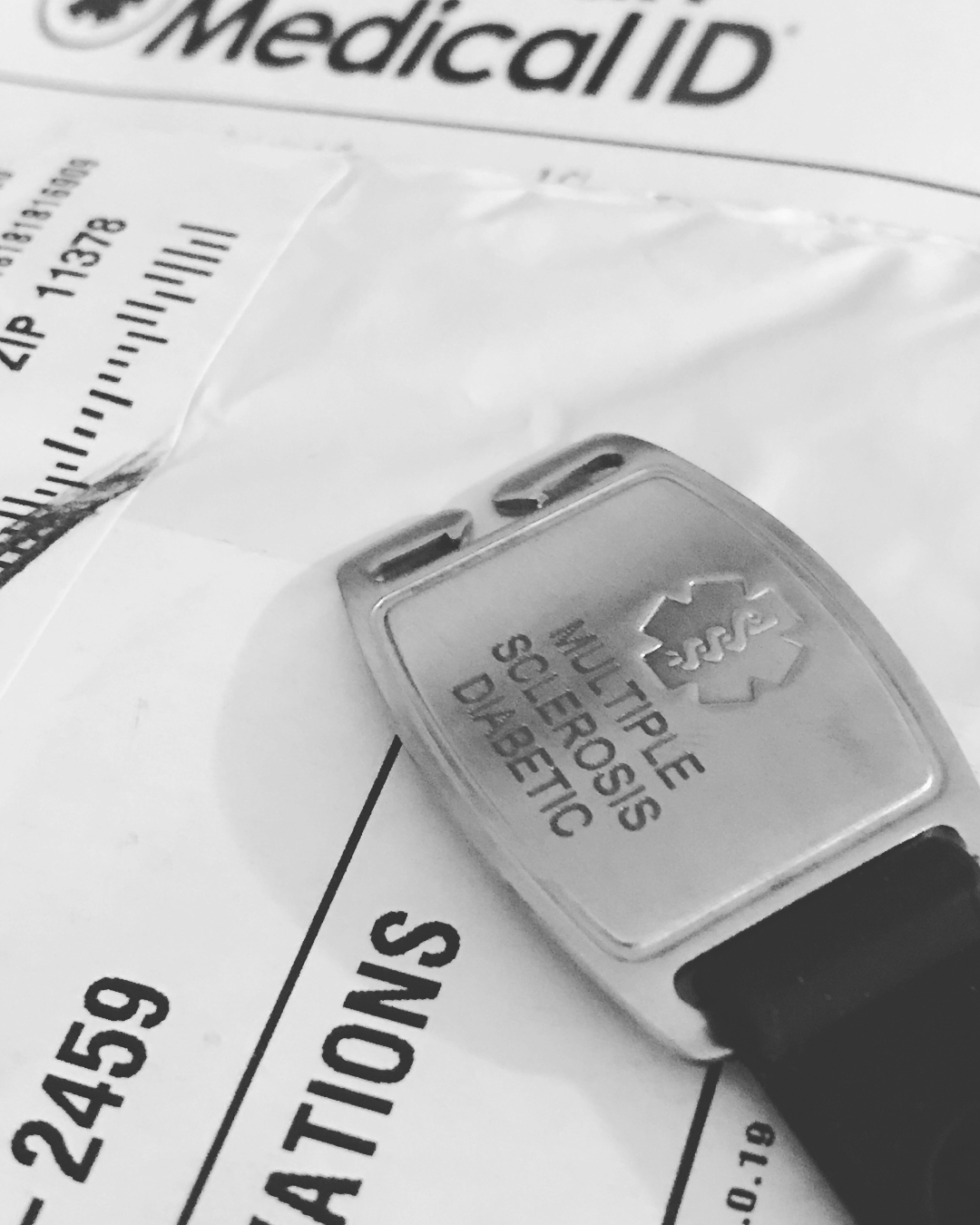Ehlers Danlos syndrome is a connective tissue disorder that affects the entire body.
According to the National Library of Medicine, an estimated 1 in 5000 people have Ehlers Danlos syndrome, even if they have not been officially diagnosed.
There are 13 different types of Ehlers Danlos syndrome, the most common of which include vascular, classical, and hypermobile types. There are many different manifestations and levels of severity, and each person will experience a variety of symptoms.
Different Types
In the hypermobile form of Ehlers Danlos syndrome, the primary symptoms experienced by the client will be musculoskeletal. The hallmark is hypermobile joints with an unusual range of flexibility and history of joint dislocations. Other common traits include extremely stretchy skin, poor wound healing, easy bruising, and a history of frequent joint injury requiring either physical therapy or surgery.
The vascular form of Ehlers Danlos syndrome is one of the most serious because the disorder affects the strength of the affected individual’s vascular system, as well as the walls of the uterus or intestines. Classic facial features associated with the disorder include a thin nose, thin upper lip, small earlobes, and prominent eyes. The skin may appear translucent with easy bruising and highly visible blood vessels. Individuals are at risk for sudden rupture of the aorta or other major blood vessels, as well as the intestines or uterus.
Classical Ehlers Danlos syndrome symptoms include fragile skin that splits easily, hypermobile joints that are prone to injury, frequent prolapses or hernias, extremely stretchy skin, wide scars, and easy bruising.
Hypermobile Ehlers Danlos is the only type that is not yet associated with a known gene. All the other types can be confirmed via genetic testing.
Associated Diagnoses
Diagnoses commonly associated with Ehlers Danlos syndrome include postural orthostatic tachycardia syndrome (a type of dysautonomia in which the autonomic nervous system malfunctions), mast cell activation syndrome (in which the client experiences symptoms of anaphylaxis in response to fluctuating triggers), and slowed gastrointestinal motility, especially gastroparesis.
Other common diagnoses include chronic pain, fatigue, joint dislocation, and increased risk of vascular and organ rupture.
Treatment
The treatment that each person requires is highly individualized and will be based on the symptoms that they develop, as well as the type of Ehlers Danlos syndrome that they have. Individuals with hypermobile joints may require frequent physical therapy or surgical repair of an injured joint; they may also find using mobility aids such as a cane, walker, or wheelchair helpful.
Individuals with vascular Ehlers Danlos syndrome require annual echocardiograms to monitor the status of their aorta and heart. If hernias or prolapses occur, they may require surgical repair. Medications and frequent administration of IV fluids can alleviate some of the symptoms of postural orthostatic tachycardia syndrome. Mast cell activation syndrome can be also treated with a variety of different medications and avoidance of specific triggers. Gastroparesis and intestinal dysmotility treatments range from medications to feeding tubes to the creation of an ileostomy or colostomy.
What to Include on a Medical ID
The first, and perhaps most obvious information to include on a medical ID is Ehlers Danlos syndrome. In many instances, individuals with Ehlers Danlos syndrome will metabolize anesthesia more quickly and will have trouble with pain management, especially in a post-operative setting.
It is important for healthcare providers to be aware of this when caring for patients. The type of Ehlers Danlos syndrome should also be included to address the different implications that affect each type.
Any associated diagnoses that affect the individual such as postural orthostatic tachycardia syndrome, mast cell activation disorder, gastroparesis, and any associated cardiac disorders.
If the client has a central venous access device, that information should be included too, as well as a history of major surgeries such as a spinal fusion and any other implantable devices such as a pacemaker or feeding tube.
The customizable medical ID bracelets and other jewelry available at American Medical ID allow each diagnosis to be easily modified for an individual’s specific needs. The friendly customer service staff can help to determine what information to include and are available via phone or online chat.
Other Resources
More information about Ehlers Danlos syndrome can be found at National Library of Health’s online directory. The Ehlers Danlos Support UK is a nonprofit organization that maintains a comprehensive listing of types of Ehlers Danlos, the diagnostic process, resources for healthcare professionals and patients, and ongoing research into Ehlers Danlos syndrome.







